https://youtu.be/hLT-7J-vL80
The smiling practice made me more confident at smiling when I was walking on the street in Zurich!
In my last blog, I promised to teach you how to have smiling practice at home. I have to admit, this is my favorite blog so far! I was super excited when I was thinking about the smiling practice. Thinking about this exercise made me smile through every step! Smile is the universal language. It’s the best expression to break the ice and to start a ‘conversation’ without a word. I have often been asked ‘Phoebe, why do you always smile to people?’, ‘How do you feel when you smile? Do you really mean it?’, ’Why do you generally look happy?’ Well, although 20% is because of my innate personality.
According to my mum, I was never shy, always out-going and smile to strangers without anyone forcing me to when I was a kid. Another 80% comes from outside influence. Smile not only helped me to have my friends open up to me but also to improve results at work (you can check here to know how it helps me to get the best customer satisfaction result).Smiling without any reason seems really silly, but like any habit, it gets much easier with practice. Here comes some super simple practice you can try yourself!
Learn about yourself
Step 1. What makes a real smile?
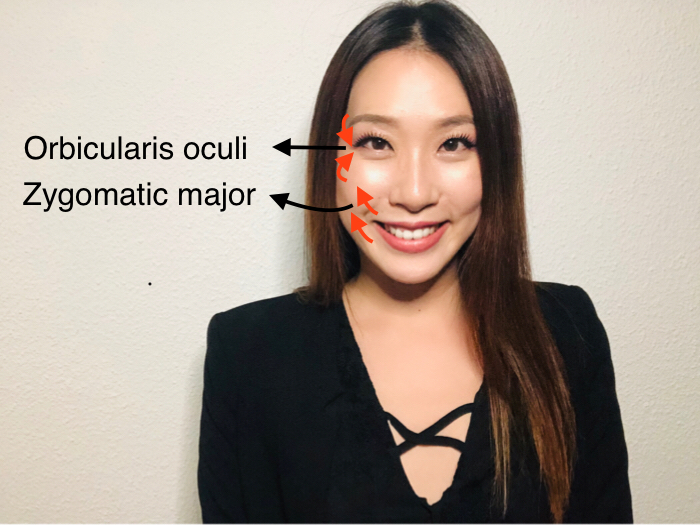
Before we talk about the practice, it’s really important you know what makes a real smile. By moving our facial muscles in different angles, we can produce thousands of different messages that can be read and received by others. There are basically two types of smile: a genuine one and a fake one (what we normally called social smile). The genuine smile is also called the “Duchenne smile,” named after the French scientist Guillaume Duchenne.
When we smile, there are two muscles we use. The orbicularis oculi raises the cheeks and produces crow’s feet around the eyes. It is an involuntary contraction. Because we cannot voluntarily control it, that’s why people say a real smile affects the whole face, especially the eyes. Another muscle is called zygomatic major, which can raise the corner of the mouth. It is a voluntary contraction. Whenever only this muscle is used, it is not a genuine smile.
Step 2. Feel the difference on your face
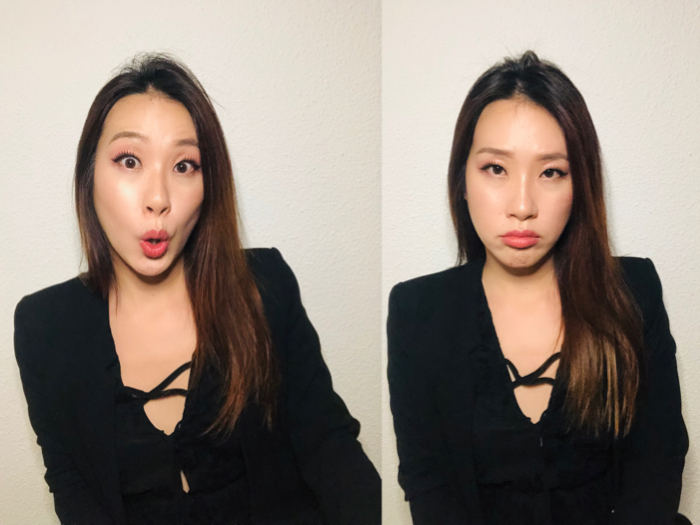
Now, find a mirror and have a closer look at your face. How do you feel now? Do you notice any difference? I guess you have never paid that much attention to your expression! Analyze your feelings by looking at the mirror for one minute and think about what you feel.
Get yourself reday!
Step 3. Create the right mood
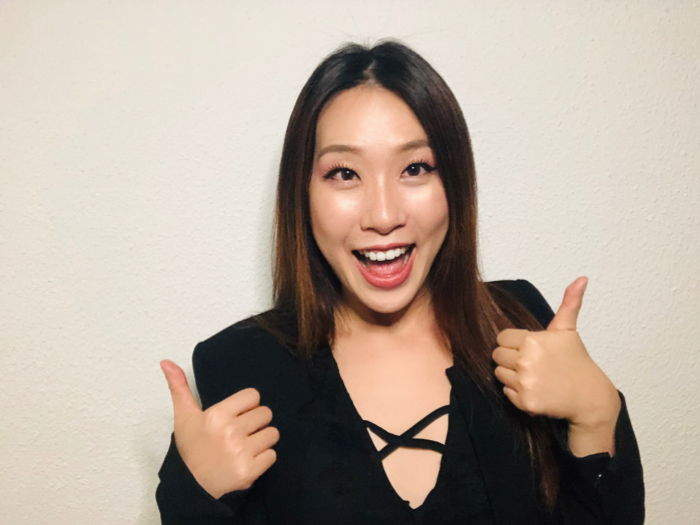
Do you know that smiling increases your happiness? Because how we feel not only just limited to our brain but also our body. An idea was first proposed by Charles Darwin: Smiling should naturally make you want to smile more. A genuine smile comes from genuine happiness. In my last blog, I mentioned that smiling does not only helps generate positive emotions, but also decreases stress. You don’t need to force yourself to smile unless you are feeling happy. Think about something that really makes you happy. For example, when you receive a race award as a kid for the first time. When you have your first car from your parents as a birthday gift. When your wife said yes to your proposal!
Let’s START
Step 4. Exercise your smile
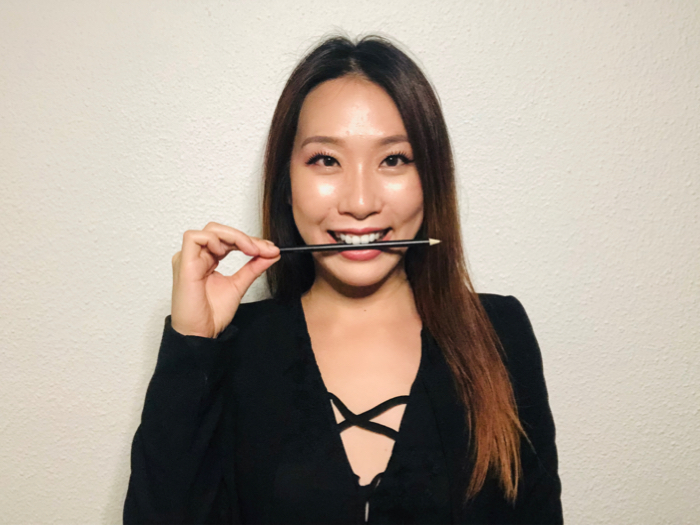
Your facial muscles will get better, if you use them often. For a simple exercise, try a plain smile in front of the mirror. First of all, start with your zygomatic major muscle. Put a pen between your teeth and try to hold for 10 seconds and take it out. Repeat for 2 routines. You might feel silly when you do this exercise. But trust me, you will feel the difference after you finish!
Step 5. Smile with your eyes
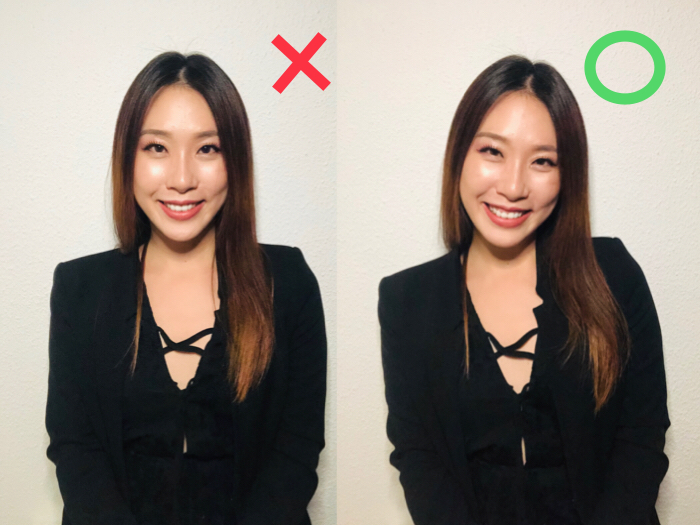
Now, let’s practice a Duchenne smile! A genuine smile will naturally include your eyes. It could be tricky, make sure you don’t overdo it. Try to distinguish it with flirty smile. Stand in front of a mirror and focus on your eyes. Squeeze your eyes and lift your cheek muscles when you do this practice. If you feel your muscles around your eyes are tighter, it means you are doing it properly. Eye contact plays an important role when you smile. Make sure you are looking straight at your eyes in the mirror as if you are looking at someone else.
Step 6. Try other smiles

Laughing out loud is the best way to try! Set a timer on your camera and capture the smile. I mentioned it in my last blog about smiling practice with the team, and you should do it with yourself too!
Once you finish your self-practice, you can try to smile when you normally wouldn’t. Make an effort to smile to others. For example, smile at the cleaning lady in school or workplace. Smile at the people who are rushing to the train station on a Monday morning. It can help to make the world a more positive place ? Hope this article helps you to have an authentic killer smile!



Thank you so much for this! I’ve always loved to smile at people but always without showing my teeth. After removing my braces, I feel more confident but my smile just felt so awkward! I’ll practice with your tips and you have an amazing smile- I felt such good energy from the post itself. Hopefully, I can’t make others feel the same way too.
Fantastic Post Phoebe. I would like to kindly ask your permission to use your images for a teaching session on non verbal communication in a presentation to British students on a cross cultural training course in preparation for studying in China?
best wishes, sebastian email hidden; JavaScript is required
hey very informative blog keep it up.
i tried the exercise with a pen in your teeth. my face got so tired, maybe i never smiled right all these years!